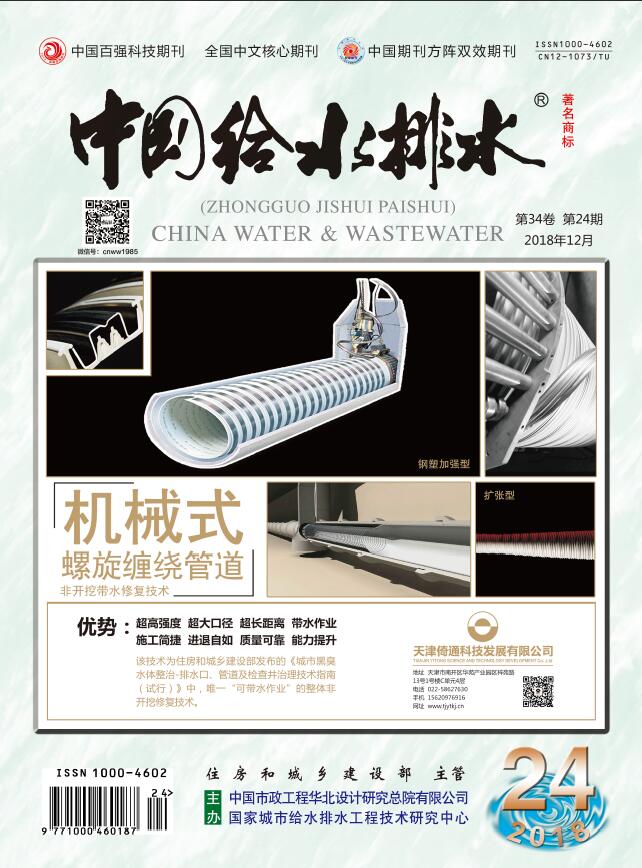OUYANGZhuo-ming,LUOFan,SUNXian-chang,et al.Optimization of Biological Phosphorus Removal in AAO-MBR Process Using BioWin Simulation[J].China Water & Wastewater,2025,41(7):82-88.
Optimization of Biological Phosphorus Removal in AAO-MBR Process Using BioWin Simulation
China Water & Wastewater[ISSN:1000-4062/CN:12-1073/TU]
volume:
第41卷
Number:
第7期
Page:
82-88
Column:
Date of publication:
2025-04-01
- Keywords:
- AAO-MBR process; BioWin simulation; biological phosphorus removal; process optimization; influencing factor
- Abstract:
- Targeting the anaerobic-anoxic-oxic membrane bioreactor (AAO-MBR) process at a wastewater treatment plant in Wuhan, a water quality dynamic model for the entire process was developed utilizing BioWin 6.0. The wastewater was characterized and the model was calibrated in accordance with the STOWA protocol. The accuracy of the model was validated through dynamic simulation utilizing a full year’s dataset. The results indicated that the model demonstrated satisfactory performance. To address the issue of unstable TP removal in the AAO-MBR process, simulations were conducted under different operating conditions with varying the dissolved oxygen (DO) in the oxic zone, sludge discharge of the system, and the reflux rates at various stages of the process. Based on the influent temperature, the process operation parameters were adjusted accordingly during different periods. When the influent temperature exceeded 20 ℃, the aeration rate in the oxic zone, the reflux rate of the mixed liquor and sludge discharge were decreased. Conversely, when the influent temperature was below 20 ℃, current operating conditions were maintained to ensure that the total nitrogen and ammonia nitrogen in the effluent met the first level A criteria specified in the national discharge standard. Under this optimization strategy, the model simulation results indicated that the mean biological phosphorus removal efficiency of the system was increased from 42% to 59%, while the annual compliance rate of ammonia nitrogen and total nitrogen in the effluent both reached 100%.
Last Update:
2025-04-01

